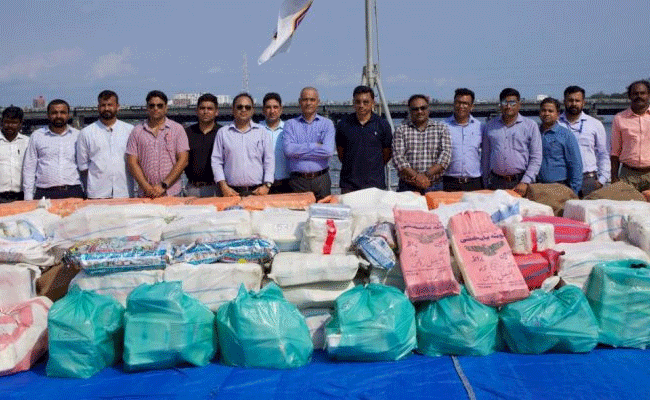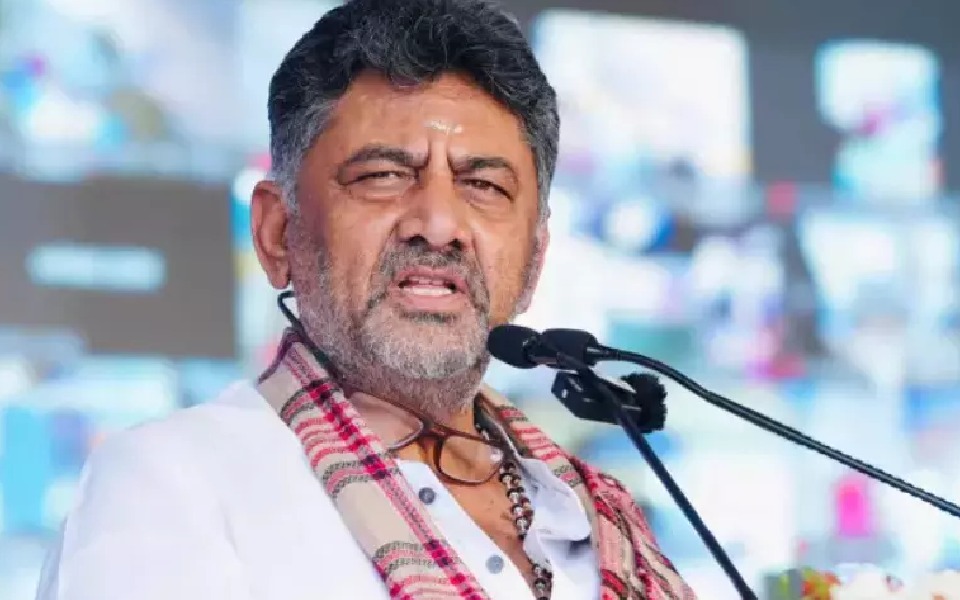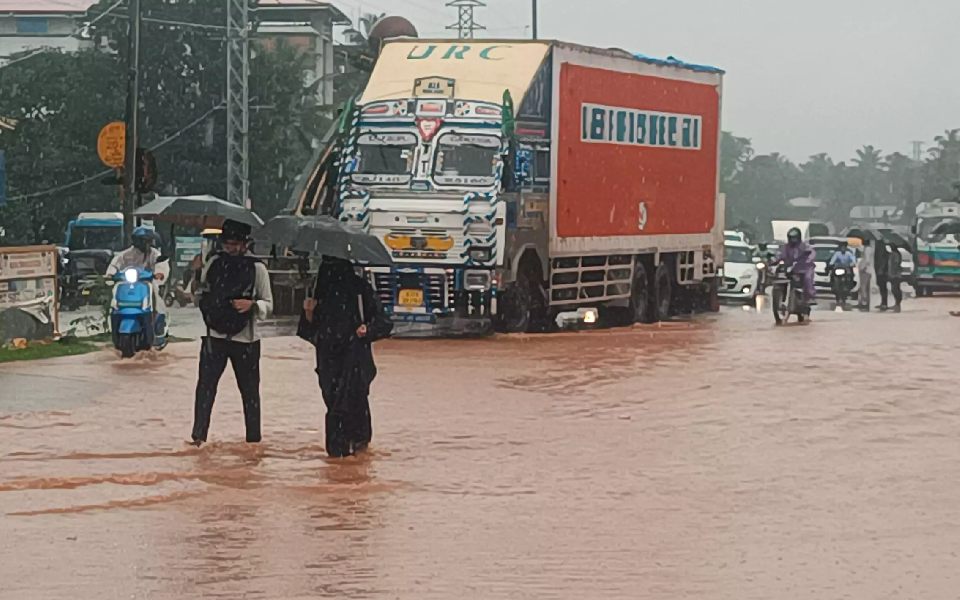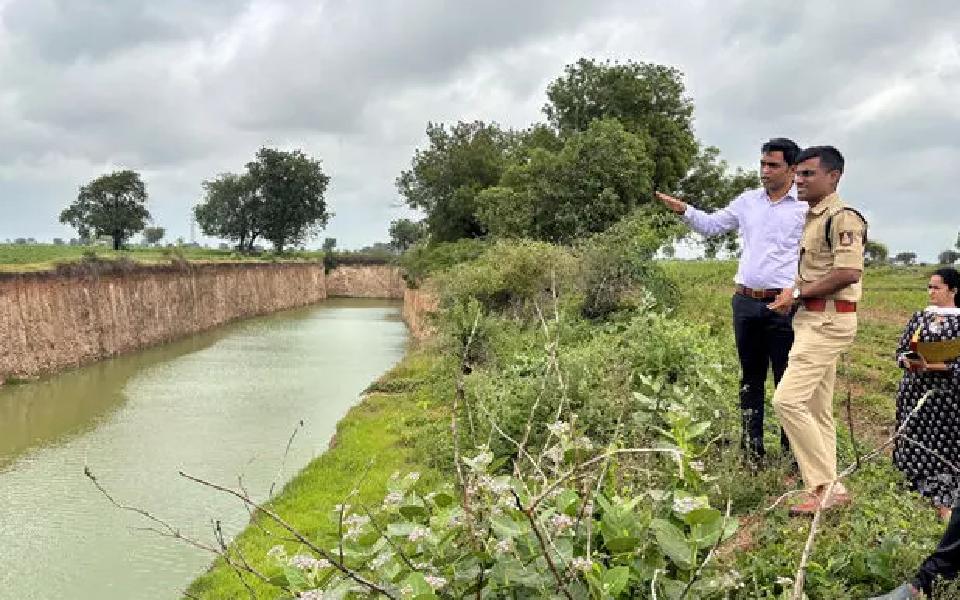OVER LAST WEEKEND, THE NARCOTICS CONTROL BUREAU (NCB) and the Indian Navy—as part of the Operation Samudragupt, which targets ships carrying narcotic contraband through the Indian Ocean region—in a joint operation, seized narcotics weighing about 2,500 kg and valued at a whopping Rs 25,000 crore from a vessel at an undisclosed location in the Indian waters. The contraband being smuggled across the Indian Ocean waters was found to be high-purity methamphetamine, which is also known as ‘crystal meth’.
One person was arrested by the agencies. He is suspected to be a Pakistan national. Investigations into the seizure are on. NCB sources later disclosed that the contraband belonged to a notorious drug mafia led by Pakistan-based Haji Salim.
Around 134 sacks stuffed with the contraband— displayed in Kochi, Kerala—were seized from the unnamed vessel—referred to as a ‘mother ship’ in NCB parlance. The ship was intercepted off the Kochi waters. ‘Mother ships’ are large seafaring vessels that carry large quantities of narcotic contraband to be offloaded onto receptor vessels along its route.
WHY DRUG ADDICTION IS ON THE RISE
There are a number of reasons why drug addiction is on the rise among youngsters in India. Some of the most common reasons include:
Easy availability of drugs: Drugs are easily available in India—both in the urban and rural areas. This is because India is a major producer of opium and other drugs
Peer pressure: Peer pressure is a major factor in drug addiction among youngsters. Many youngsters start using drugs because their friends use them
Stress and anxiety: Stress and anxiety are common problems among youngsters in India. These problems can lead to drug use as a way to cope with the syndromes
Mental health problems: Mental health problems—such as depression and schizophrenia—can also lead to drug addiction. People with mental health problems often use drugs as a means of self-medication
No awareness of dangers: Many youngsters in India are not aware of the dangers of drug addiction. They may not know that drug addiction can lead to serious health problems—such as addiction, overdose, and even death
According to a 2019 report by the National Drug Dependence Treatment Centre (NDDTC) of the All-India Institute of Medical Sciences (AIIMS), New Delhi, there are an estimated 3.5 million drug addicts in India. Of these, 2.5 million are between the ages of 15 and 35. The report also found that the number of drug addicts in India is increasing at an alarming rate. In 2009, there were an estimated 2.2 million drug addicts in India. This number increased by 70% in just 10 years.
The NDDTC also said there were an estimated 6 million drug addicts in India in 2022. Of these, 40 lakh were addicted to opioids, 20 lakh to cannabis and 10 lakh to other drugs, such as cocaine and amphetamines.
PUNJAB STATE RANKS THE HIGHEST
According to the NDDTC, the state of Punjab has the highest number of over 2 million drug addicts in India, which is about 3% of the state’s population. The majority of drug addicts in Punjab are addicted to opioids, such as heroin and opium.
There are a number of factors that have contributed to the high rate of drug addiction in Punjab. One factor is the easy availability of drugs since Punjab is a major producer of opium and other drugs. Another factor is poverty and unemployment in the state. Many people in Punjab are poor and unemployed and turn to drugs as a way to cope with their problems.
The high rate of drug addiction in Punjab is a serious problem that is having a negative impact on the health, education and employment of a large section of the population, affecting mostly youngsters. It is also a problem that is costing the Indian government billions of rupees each year.
There are a number of measures that can be taken to address the problem of drug addiction among India’s youngsters. Some of the most important steps include:
►Increasing awareness about the dangers of drug addiction
►Providing treatment for drug addicts
►Cracking down on the supply of drugs
►Addressing the underlying causes of drug addiction—such as stress, anxiety and mental health problems
Addressing the problem of drug addiction among youngsters in India is a complex challenge. However, it is a challenge that must be addressed if India is to build a healthy and prosperous future for its youth who are the workforce of tomorrow.
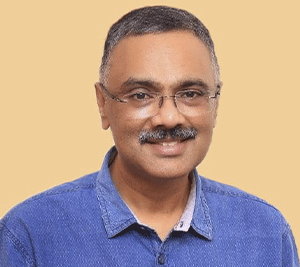
Girish Linganna
Aerospace & Defence Analyst
Let the Truth be known. If you read VB and like VB, please be a VB Supporter and Help us deliver the Truth to one and all.
Mumbai, Jul 25 (PTI): Police have opposed the bail plea of the Bangladeshi national arrested for allegedly stabbing Bollywood actor Saif Ali Khan with a knife and injuring him at his home here in January this year, telling a Mumbai court there was "strong evidence" against the accused.
Citing a Forensic Science Laboratory report, police reiterated before the sessions court their earlier claim knife fragments that got lodged near the actor's spine during the attack as well as a part found at the crime spot have matched with the weapon recovered from the accused, Shariful Islam.
These three pieces were part of the same weapon (knife) used to attack the filmstar, the police said in a written response to the accused's plea submitted in the court on Thursday (July 24).
Khan was repeatedly stabbed with a knife by an intruder inside his 12th floor apartment in upscale Bandra on January 16 during a robbery attempt.
The 54-year-old actor underwent surgery at Lilavati Hospital to remove a piece of knife that got lodged near his spine during the attack. He was discharged from the private hospital after five days.
Shariful Islam, a Bangladeshi national, was arrested two days later for allegedly stabbing Khan.
The police, in their response, highlighted that the accused is a Bangladeshi citizen residing illegally in India.
If granted bail, there was a possibility that he may flee India and not appear before the court during the trial. The crime committed by the accused is of a "very serious nature, and strong evidence" is available against him, they argued.
In his bail plea, filed through advocate Vipul Dushing, the accused asserted he was innocent and had no prior criminal record.
Investigation into the case has practically concluded with only the filing of a chargesheet pending, the accused contended while seeking bail.
The alleged attacker has been booked under Bharatiya Nyaya Sanhita (BNS) sections related to house trespass, robbery and dacoity with attempt to cause death or grievous injury.

